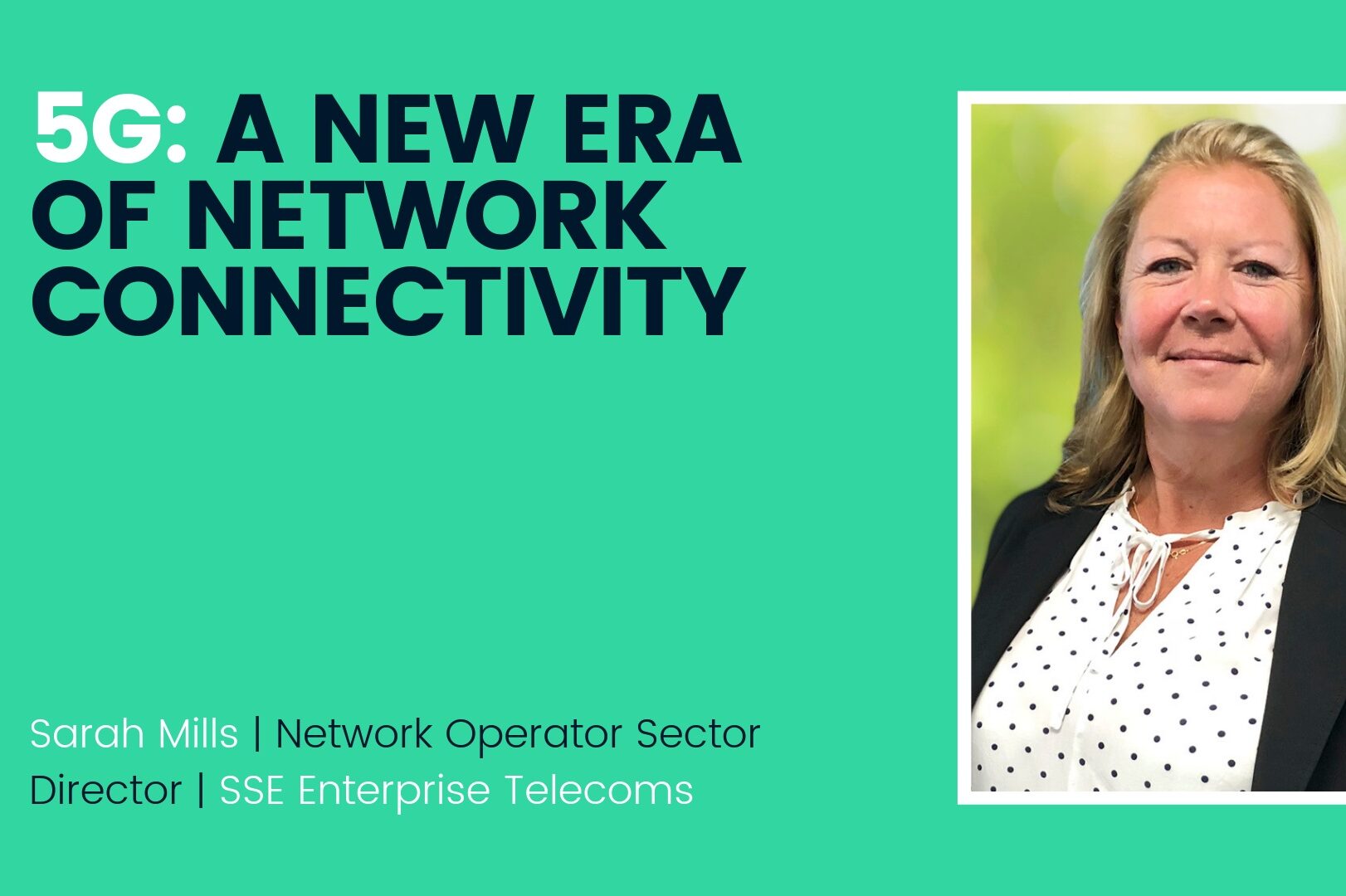
In the 1980s, the first generation of mobile network, which could only carry voice, was introduced. Since then, network capabilities have steadily developed. The second generation, 2G, introduced new digital services such as text and image sharing, while the third generation, 3G, brought video calling and mobile data. Most recently, 4G was developed to support mobile internet and increased speeds for video streaming and gaming.
The latest evolution in mobile networks is 5G, set to be much faster. The technology will open up entirely new use cases enabling business quicker, more efficient way of working, travelling and consuming data. Thanks to its speed and consistency, many expect 5G to revolutionise industries in a way similar to the way the rise of the automobile and telephone have.
The societal benefits of 5G
5G will be significantly faster than 4G, with much lower latency, meaning there will be little delay or lag when using mobile and internet-connected devices. This is essential for next-generation technologies like connected cars, smart medical devices and smart cities.
If 5G delivers everything it promises to, many expect its introduction to support the fourth industrial revolution, where everything is connected, processed and digitised.
The technical benefits of 5G
5G will also have a greater capacity, meaning networks can cope with high-volume applications immediately, from virtual reality to the Internet of Things (IoT) and HD video streaming. For businesses that rely on fast and reliable network connectivity between numerous sites and data centres, 5G will open doors to completely new capabilities. 5G will provide:
Reliability: 5G is expected to be much more reliable, meaning no dropped calls or always-available connectivity, which will allow more ‘critical’ use cases such as those related to digital health.
Flexibility: 5G networks promise to be more flexible – network slicing allows a physical network to be divided into a number of virtual networks, enabling users to engage the right ‘slice’ depending on their immediate requirements.
Greater Capacity: 5G will have greater capacity, meaning networks will be able to cope better with many high-demand applications all at once.
Use cases
While 5G connectivity is expected to unlock the ability to create, deliver and use services that are yet to be invented, it will also deliver tangible benefits to existing industries in the medium term.
Some anticipated outcomes of 5G technology include:
Rural innovation: Many countries, including the UK, are hoping that 5G will better connect rural communities, opening up new opportunities and enabling more people to start businesses from home.
Increased productivity: A key advantage of 5G could be helping businesses work more quickly and more efficiently, increasing revenue, and assisting them move to more flexible working models. Through having access to this new technology, businesses will have access to a very fast and reliable internet connection.
Tailored networks: Network slicing will enable businesses to practically own their own private 5G network, set up according to precise business needs. 5G will certainly have much greater capacity across a much wider range of radio spectrum, but it will also use that spectral resource more intelligently and effectively, assigning only the resources required for each application.

The 5G Timeline
And so to a brief recap of where we are in terms of the 5G rollout and what we can expect in the coming months and years:
April 2018: The first 5G spectrum auction – The first 5G spectrum auction was held, with operators bidding for 5G-compatible 3.4GHz spectrum.
Mid-2018: 5G Trials ongoing – Following the announcement of Government grants, six winners of a ‘5G Testbeds and Trials’ competition were announced. Meanwhile, various MNOs switched on 5G trials in different areas, testing different environments and equipment
Mid-2019: Mobile devices on sale – A number of mobile manufacturers indicated their 5G devices will go on sale late 2019 to early 2020.
October 2019: World Radiocommunications Conference – Ofcom plans to put forward the 26GHz, 37-43.5 and 66-71GHz bands for use at the World Radiocommunications Conference.
Late-2019: 5G networks set to launch – MNOs are expecting to launch 5G networks in dense urban areas like London, Birmingham, Manchester, Cardiff, Edinburgh and Belfast. This follows smaller trials in pockets of areas like Central London.
2020: Additional 5G spectrum auction – A further spectrum auction for the 3.6GHz – 3.8GHz and 700MHz bandwidth will likely be held.
Late-2020: Widespread adoption of 5G – Widespread mobile services and the development of a device eco-system should be established by this point.

Sarah Mills, Network Operator Sector Director, SSE Enterprise Telecoms


